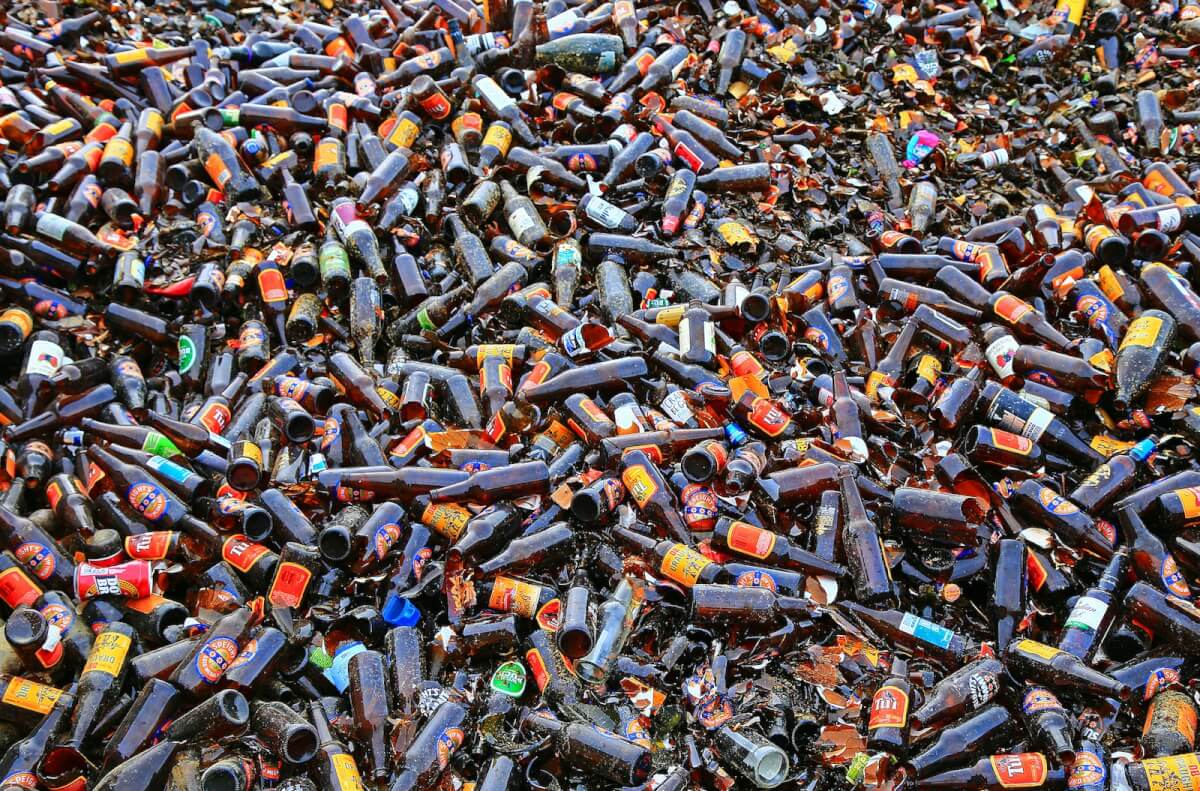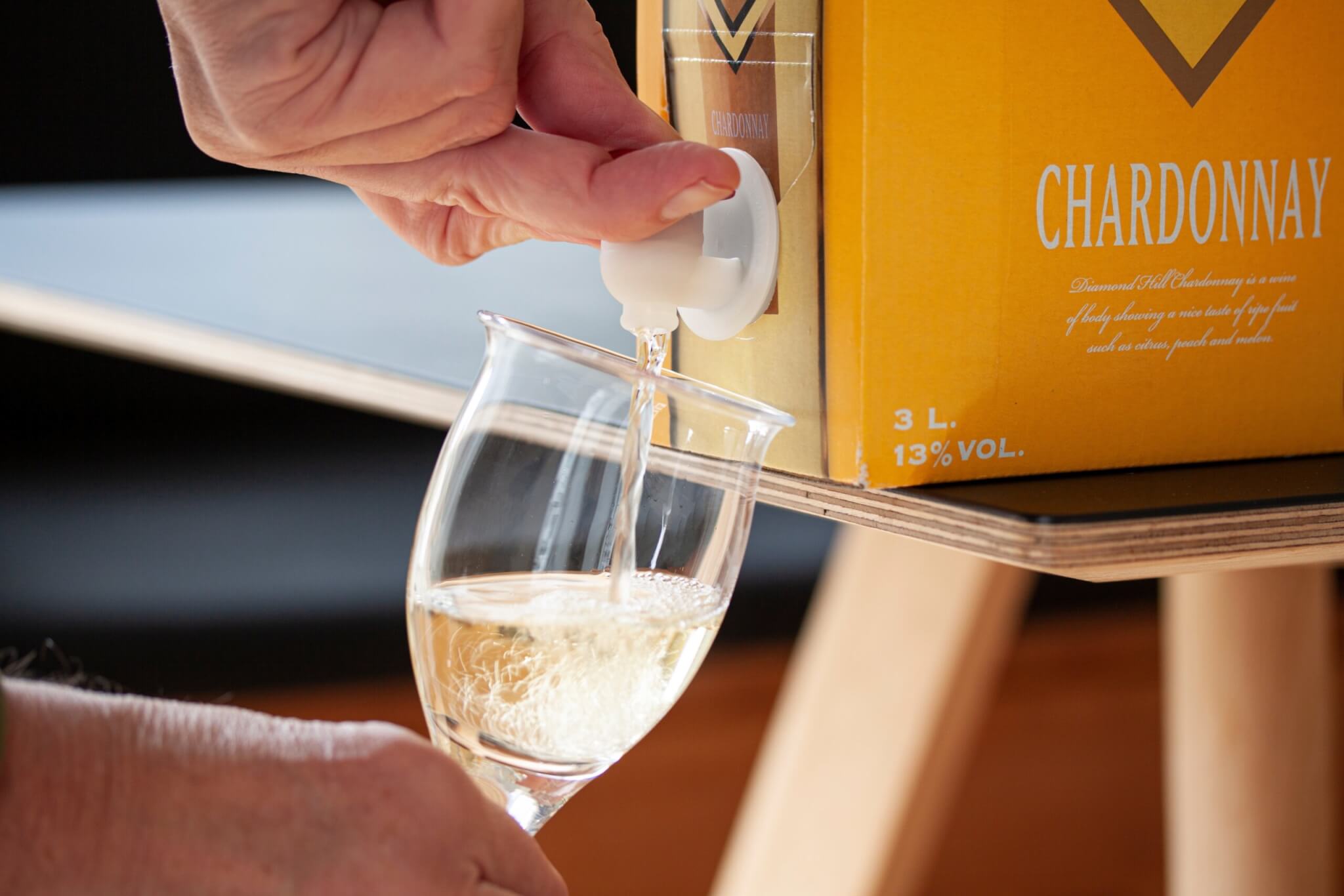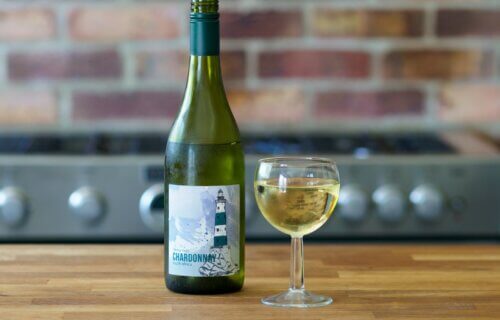ADELAIDE, Australia — Synonymous with classy nights out and romantic dinners, the right bottle of wine can make an evening that much more special. Wine has been sold, served, and enjoyed in glass bottles for centuries, but researchers now say all that glass isn’t doing our planet any favors. So, would wine drinkers turn to another beverage if their favorite vintage only came in a plastic container?
A team of Australian researchers investigated consumers’ wine packaging choices, as well as how factors including price, brand, and messaging may influence purchasing decisions. The scientists from the University of South Australia’s Ehrenberg-Bass Institute for Marketing Science and the University of Adelaide’s Business School explain that prior studies focusing on wine research have focused on wine label and closure (cork or screw-top) preferences while largely neglecting the packaging.
Specifically, study authors set out to see if the average shopper would consider buying wine packaged in something besides a glass bottle. This includes cask wine, aluminum cans, and flat plastic bottles.
“We knew that consumers weren’t buying alternatively packaged wine at the same rate they were buying it bottled, so we wanted to know what we should change to motivate them to choose more sustainable options,” says lead researcher Jakob Mesidis in a university release.
Traditional glass wine bottles are far and away the industry’s largest culprit when it comes carbon emissions. Manufacturing a single bottle typically generates 1.25kg of carbon dioxide. In all, the combined production and transport of glass wine bottles accounts for over two thirds of the wine’s industry’s total carbon output.

On a nationwide scale, Australia’s primary wine packaging alternatives are “bag in a box” (cask) wine and aluminum cans. However, newer formats like flat plastic wine bottles are slowly entering the market as well. These alternative methods of packaging wine are as much as 51 percent more carbon efficient than glass, researchers explain, but Mesidis notes local consumers in Australia remain quite hesitant when it comes these more environmentally friendly options.
“There are some underlying prejudices in relation to alternative wine packages as they are seen as the cheaper, low-quality option when compared to glass bottles, which come with a sense of heritage and luxury,” the researcher comments. “Canned wine has seen a rise in popularity but is still a small portion of the market. Flat bottles have only recently been introduced to Australia but have grown in popularity overseas.”
What can the wine industry do to help promote the adoption of more eco-friendly wine packaging?
The Ehrenberg-Bass Institute surveyed 1,200 Australians to answer that question. That poll revealed cask (boxed) wine and flat plastic wine bottles are the top two preferred formats following traditional glass bottles. Consumers said they preferred wine cans the least, and strongly associated such products with specific occasions (drinking outside).

The survey also found that package formatting has a major influence on people’s purchasing decisions. After that, price came in second, and the importance of both brand and eco-messaging ended up varying quite a bit depending on the individual respondent’s age and the number of eco-friendly behaviors they claimed to engage in.
Researchers add younger consumers were more likely to try out alternative wine formats. Consumers are also more likely to choose alternative wine packaging when it is sold at a mid-to-low price point and if it is made by a well-known, prestigious brand.
“If a smaller, less-known winery’s mission is to grow its brand as much as possible, relying solely on alternatively packaged wines is not the way to go. Most Australians—for the time being—are still going to reach for a glass bottle when they’re at the shops,” Mesidis adds.
“Larger, more prestigious brands are likely to see more success with alternatively packaged wine. Ultimately, this research provides wine marketers with a foundation for their low-carbon wine packaging strategies, rather than blindly navigating this relatively new field,” the study author concludes. “Research in this space is still young and there is exciting work to be done to better understand this burgeoning part of the wine industry.”
The study is published in the Journal of Cleaner Production.

That doesn’t sound good at all. I don’t like the way anything taste in a can.
The waste that is wine bottles, heavy, small volume inside, non-recycleable, expensive to ship …. it would be great to use some other container format.
Glass is recycleable ; just send it back to it origion and let mother nature do its thing, because I do not see mother nature takeing back plastic or aluminum to regenerate beaches. Does anyone else